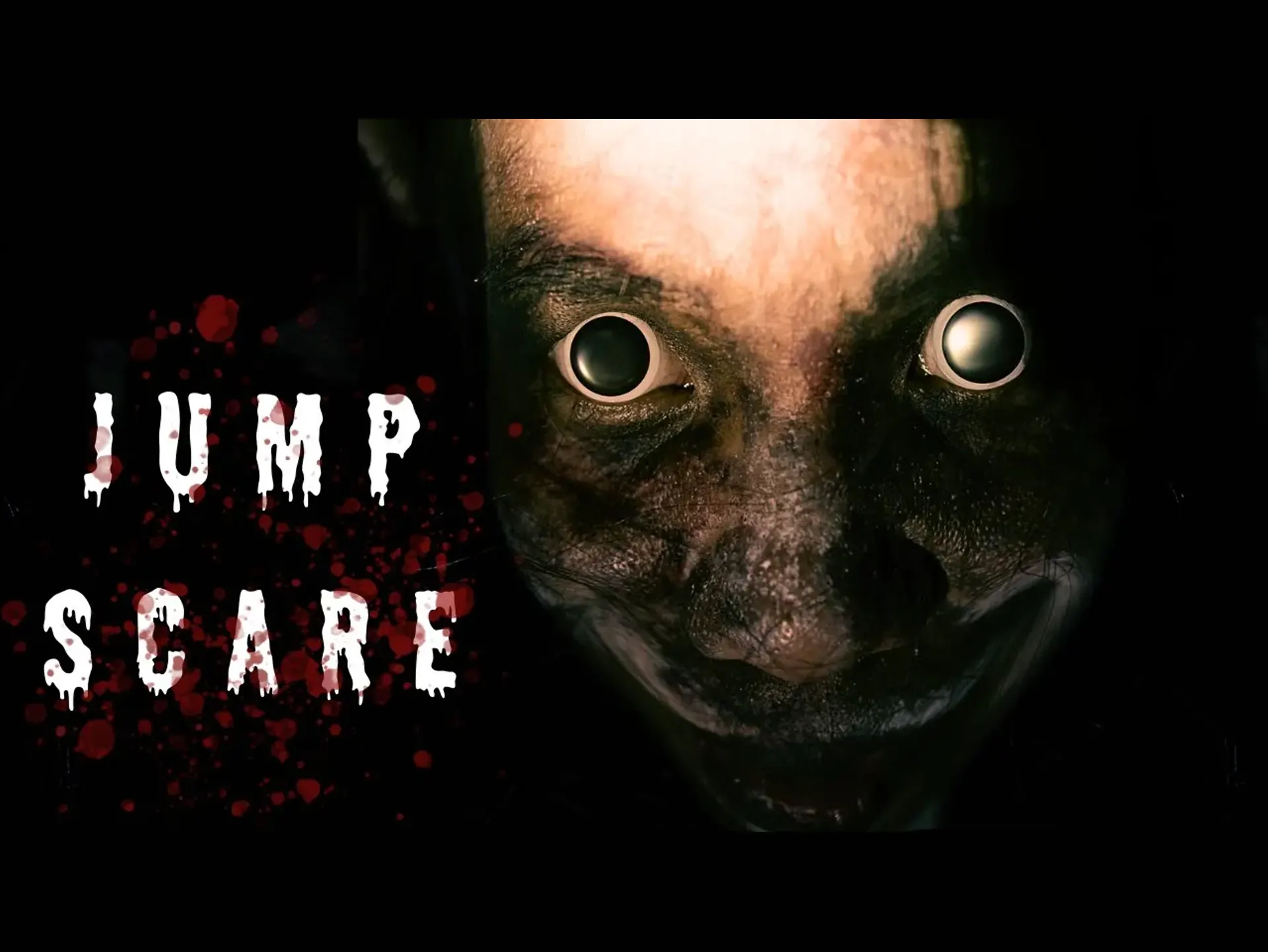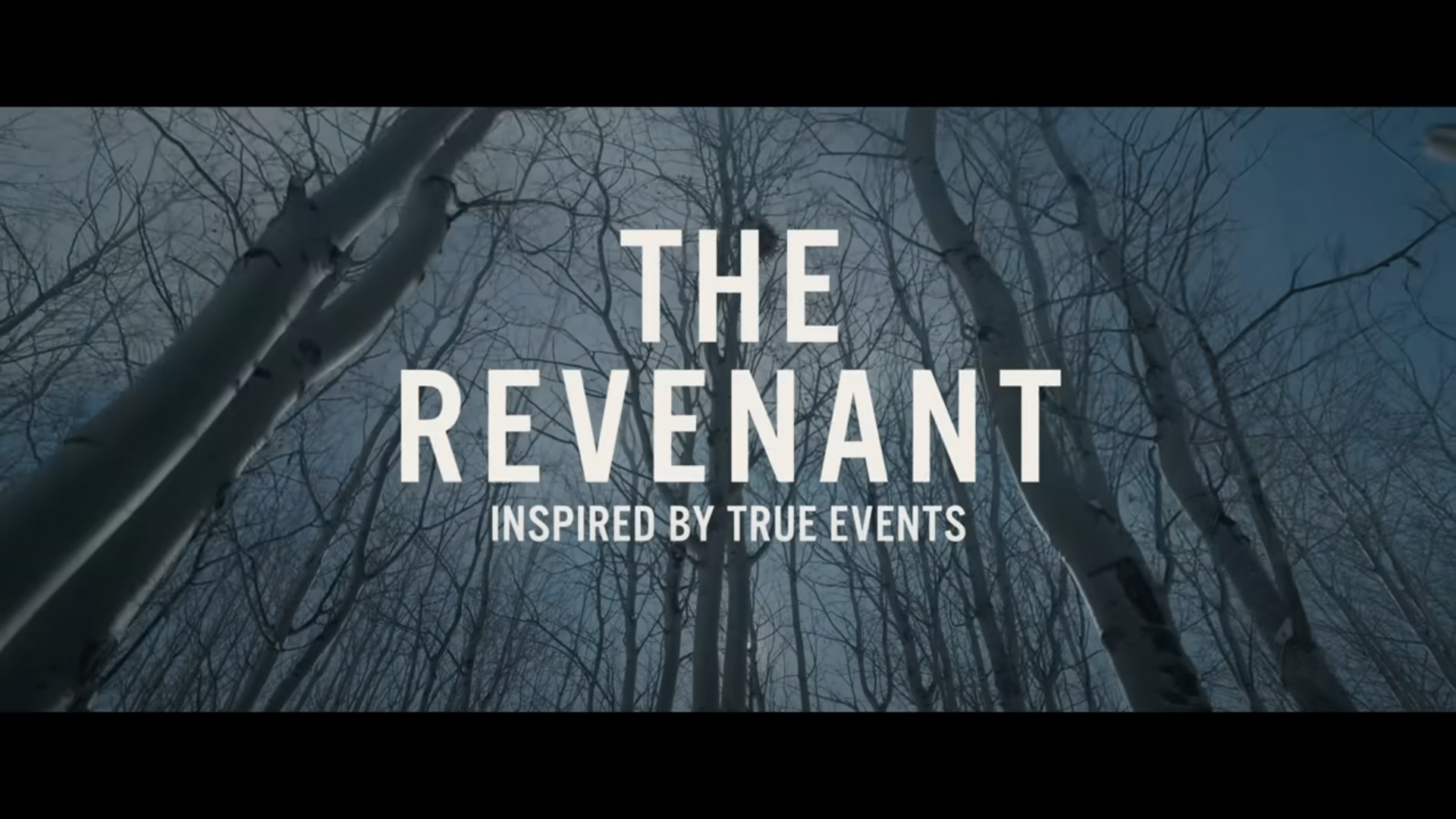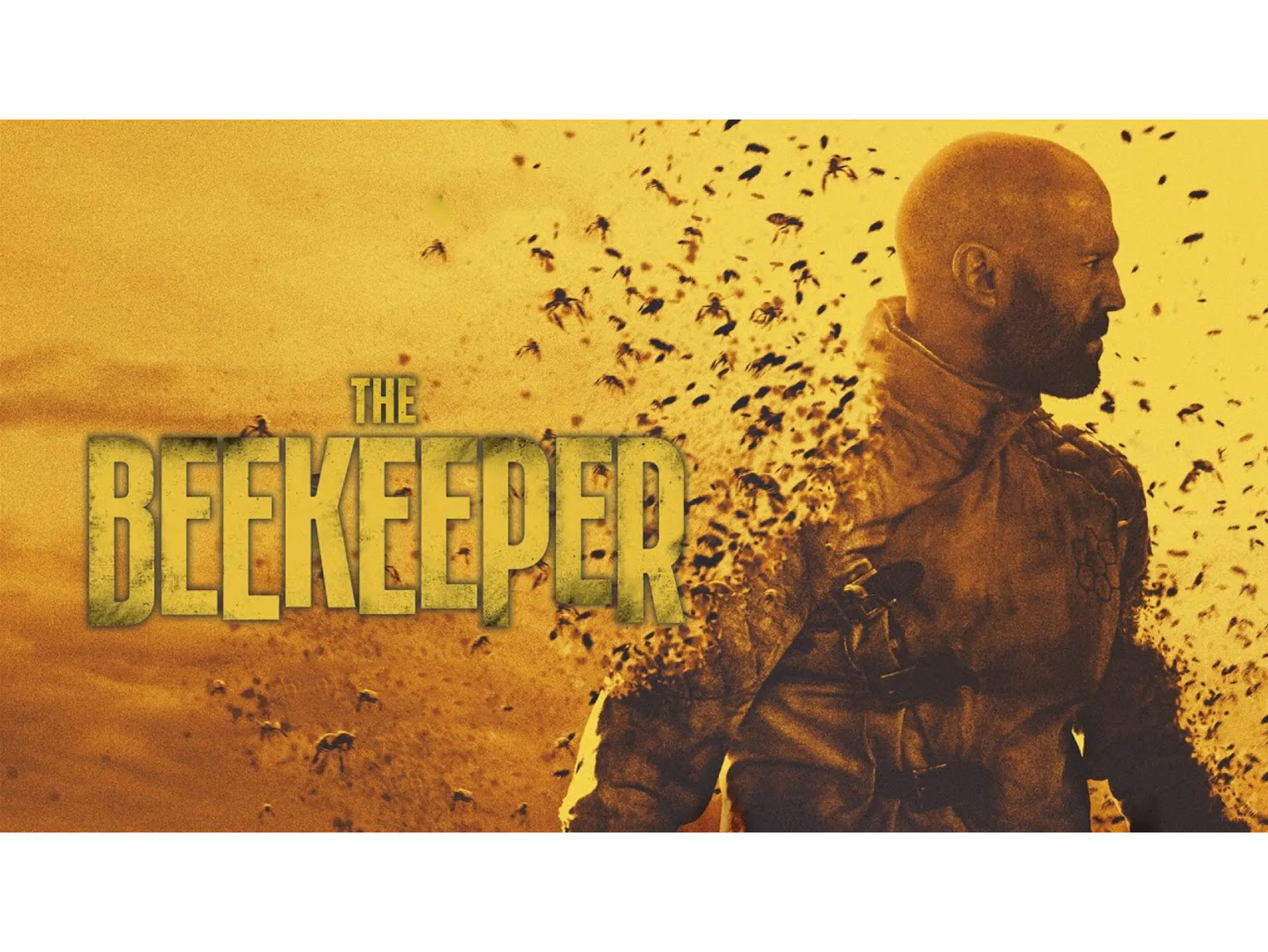Witch jump scares have become a hallmark of many horror films, captivating audiences with a unique blend of anticipation, atmosphere, and psychological terror. These brief yet intense moments not only elicit screams but also draw viewers deeper into the unsettling world of the supernatural. In this blog post, we explore the elements that make witch jump scares so effective in horror films.
The Psychology of Fear
Horror films leverage a deep-rooted psychological response to trigger fear. Human beings are wired to fear the unknown, and witches often embody this uncertainty through their mystical presence. The psychological terror associated with witches—stemming from folklore, societal myths, and cultural beliefs—creates an expectancy of danger.
Witch jump scares capitalize on this fear by exploiting the audience’s familiarity with witches as harbingers of doom. The lore surrounding witches often depicts them as malevolent, powerful figures that can invade the mind and cause madness. As viewers, we know that their appearances signify something foreboding and horrific, priming us for the leap.
Moreover, jump scares involving witches often play with our instincts. In nature, many animals freeze when faced with potential danger, and this instinct is mimicked in horror films. The sudden presence of a witch forces the audience to confront their fears head-on, creating a moment of pure adrenaline as they react to the surprise.
Building Tension: The Art of Foreshadowing
A well-executed jump scare does not exist in isolation; it requires a buildup of tension. Horror filmmakers often use foreshadowing to create an ominous atmosphere before the witch makes her unsettling entrance. This sustained tension cultivates dread, keeping the audience on edge as they await the inevitable revelation.
For instance, filmmakers employ techniques like dim lighting, eerie sound design, and unsettling camera angles to set the stage. These elements heighten the sense of foreboding, leading viewers to anticipate that something sinister is about to happen. The gradual pacing builds suspense that culminates in a climactic jump scare, overwhelming the senses and eliciting immediate reactions.
Many horror stories also embed witch-related imagery and themes throughout the film. From the appearance of familiar items like black cats or cauldrons to whispers of forgotten spells, these details keep viewers engaged and anxious, amplifying the impact of the jump scare when it finally arrives.
The Use of Sound: A Crucial Component
Sound design is a vital aspect of horror that often shapes the efficacy of jump scares. In witch-related horror films, the sound is not just about sudden loud noises but rather a strategic combination of ambiance, silence, and unexpected auditory elements. The presence of a witch often brings with it a haunting score, echoing whispers, or chilling chants.
Audiences’ brains react immediately to sound cues, making them more susceptible to jump scares. When a witch appears suddenly, the shift from silence to a startling noise spikes the audience’s heartbeat, triggering an instinctual response of fear or surprise.
Furthermore, the sound can enhance the visual experience. For example, if a witch emerges from shadows with a whispered incantation, the visual impact is magnified, creating a multi-sensory experience that is difficult to ignore. This element of surprise, combined with effective sound design, makes witch jump scares particularly chilling.
Symbolism and Cultural Context
Witches carry significant cultural symbolism rooted in folklore and history. Across many societies, they have been depicted as the embodiment of chaos, evil, and the supernatural. This context adds layers to a witch’s jump scare, making it resonate with viewers on a subconscious level.
The historical persecution of witches, particularly during events like the Salem witch trials, contributes to this weighty symbolism. People are not just afraid of witches; they also fear the unknown consequences and the societal implications of evocation. When a witch appears in a horror film, it often evokes a sense of dread, not only due to the character itself but also because of what she represents.
This symbolic aspect plays into the emotions of the viewers. A witch’s jump scare resonates deeply because it connects to age-old fears held within human culture—fear of betrayal, loss of control, and the supernatural. Thus, the impact of a jump scare becomes more than a mere surprise; it becomes a fear-laden moment rooted in centuries of stories and experiences.
Cinematic Techniques: Crafting the Perfect Scare
Filmmakers use various cinematic techniques to enhance the effectiveness of witch jump scares, converting ordinary settings into unsettling environments. A common method is the juxtaposition of innocence and horror; a peaceful scene can suddenly shift into a chaotic moment featuring a witch, amplifying the shock factor.
Camera angles and movements also play a crucial role. Quick cuts, tight framing, or sudden shifts in perspective can disorient viewers and prepare them for the unexpected. Even the slow reveal of the witch builds anticipation, allowing every detail of her character to register unnervingly.
Additionally, filmmakers may utilize practical effects—like clever makeup or animatronics—that provide a tangible sense of dread. Unlike CGI, practical effects often elicit a more visceral reaction as they feel more real, enhancing the authenticity of the scare.
All these techniques work cohesively to create an immersive experience that heightens the emotional stakes. In horror films featuring witches, the precise execution of these cinematic techniques turns a simple jump scare into a memorable moment of film history.
The Impact of Relatable Characters
Character relatability enhances a jump scare’s effectiveness, especially when those characters face unexpected horrors. When audiences are vested in a protagonist’s journey, they feel the weight of their dread. A relatable character provides a lens through which viewers experience fear, amplifying the reaction to witch jump scares.
Cinematic storytelling often establishes a character’s backstory, motivations, and flaws, drawing audiences into their narrative. When a witch confronts a well-developed character, the threat feels more immediate and personal. The emotional investment transforms a typical jump scare into a moment of shared terror, as the audience fears for the character’s safety.
Horror films often capitalize on this formula, pairing relatable characters with terrifying witches. This intertwining of narrative depth and horror creates a dual impact that resonates with viewers long after the credits roll.
Conclusion
Witch jump scares have become an essential component of horror films, embodying a powerful combination of psychological manipulation, cultural resonance, and cinematic artistry. By building tension, using sound effectively, incorporating deeper symbolism, and crafting relatable characters, filmmakers can create jump scares that linger in the minds of viewers. As audiences, we find ourselves drawn to the chills and thrills of witch-centered horror, and this has cemented their place in the horror genre’s rich tapestry of fear.
Whether it’s the eerie sound design or the symbolic weight of witches rooted in our cultural psyche, the effectiveness of witch jump scares serves as a testament to the enduring power of the horror genre. As filmmakers continue to explore new ways to frighten us, the witch jump scare is likely to remain a staple that captivates and terrifies audiences for years to come.
FAQs
Q1: Why are witches often featured in horror movies?
A1: Witches are symbolic of chaos and the supernatural, representing deep-rooted fears in folklore and history. Their inherent mystery and dark power make them intriguing figures in horror films.
Q2: What specific filmmaking techniques enhance witch jump scares?
A2: Effective techniques include strategic camera angles, lighting contrasts, sound design for sudden auditory surprises, and pacing that builds tension towards the jump scare moment.
Q3: Do witch jump scares differ from other types of jump scares?
A3: Yes, witch jump scares often carry heavier symbolic weight and psychological implications, tapping into cultural fears and audience expectations around witches, making them resonate more deeply.
Q4: How do relatable characters impact the effectiveness of jump scares?
A4: Relatable characters enhance the emotional stakes, allowing audiences to feel invested in their fates. This emotional connection magnifies their reaction to the scares when witches confront these characters.
Q5: Are witch jump scares designed only for shock value?
A5: While they do aim to shock, witch jump scares are often constructed to create a multi-dimensional impact, blending storytelling elements, character development, and thematic resonance to evoke a more profound response.



